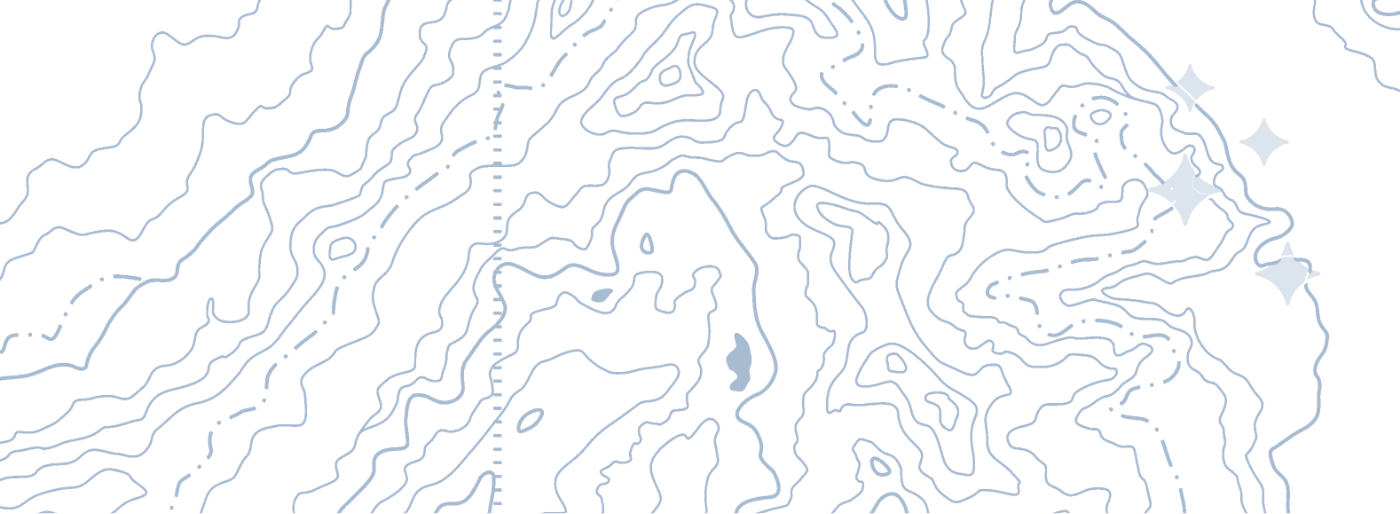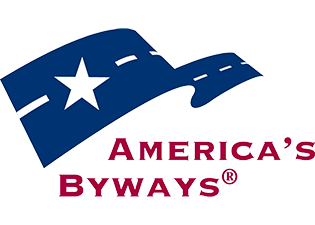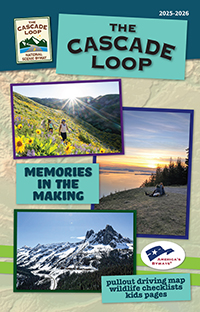Encountering a black bear in the wild is thrilling and crazy scary at the same time. Spring and fall are the best times to view these predators, and it is not uncommon to see scat while hiking trails in the natural areas. Enchantments Park near Leavenworth is a regular hangout in the spring for a momma (cow) and her cubs, and if you plan to camp in the National Forest, Be Bear Aware!
During Fall the bears are focused on increasing their fat stores for winter, and will eat almost anything they find. Salmon is a favorite, and foraging for berries can consume a lot of the bear's day.
When hiking through bear habitat, it is wise to make noise - it doesn't have to be loud (although wearing a whistle is good advice) but if they hear you coming in the distance, you are less likely to come around a corner and surprise a bear!
In Washington state, the black bears live from the coastal rainforests to the dry woodlands of the Cascades' eastern slopes, in a diverse array of forested habitats. While they are most often seen in the forest, it is not uncommon to see them in open meadows and clearcuts.
Washington Fish and Wildlife offers this advice:
Do's and Don'ts in Bear Country
To avoid encounters with black bears while hiking or camping:
1. Keep a clean camp. Put garbage in wildlife-resistant trash containers.
2. Store food in double plastic bags and, when possible, place the bags in your vehicle's trunk or in wildlife-resistant food lockers. Double-wrapped food may also be placed in a backpack or other container and hang it from a tree branch at least 10 feet above the ground and 4 feet out from the tree trunk. Never store food in your tent.
3. When camping, sleep at least 100 yards from your cooking area and food storage site.
4. Hike in small groups and make your presence known by singing or talking.
5. Keep small children close and on trails.
If you come in close contact with a bear:
1. Stay calm and avoid direct eye contact, which could elicit a charge. Try to stay upwind and identify yourself as a human by standing up, talking and waving your hands above your head.
2. Do not approach the bear, particularly if cubs are present. Give the bear plenty of room.
3. If you cannot safely move away from the bear, and the animal does not flee, try to scare it away by clapping your hands, yelling or blowing a whistle.
4. If the bear attacks, fight back aggressively. As a last resort, should the attack continue, protect yourself by curling into a ball or lying on the ground on your stomach and playing dead.










